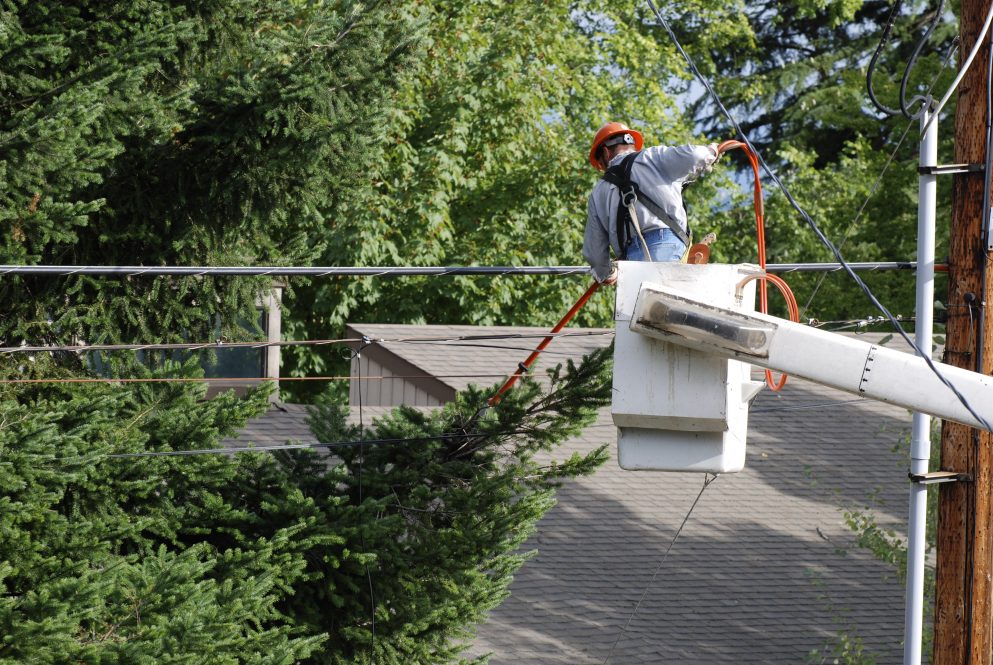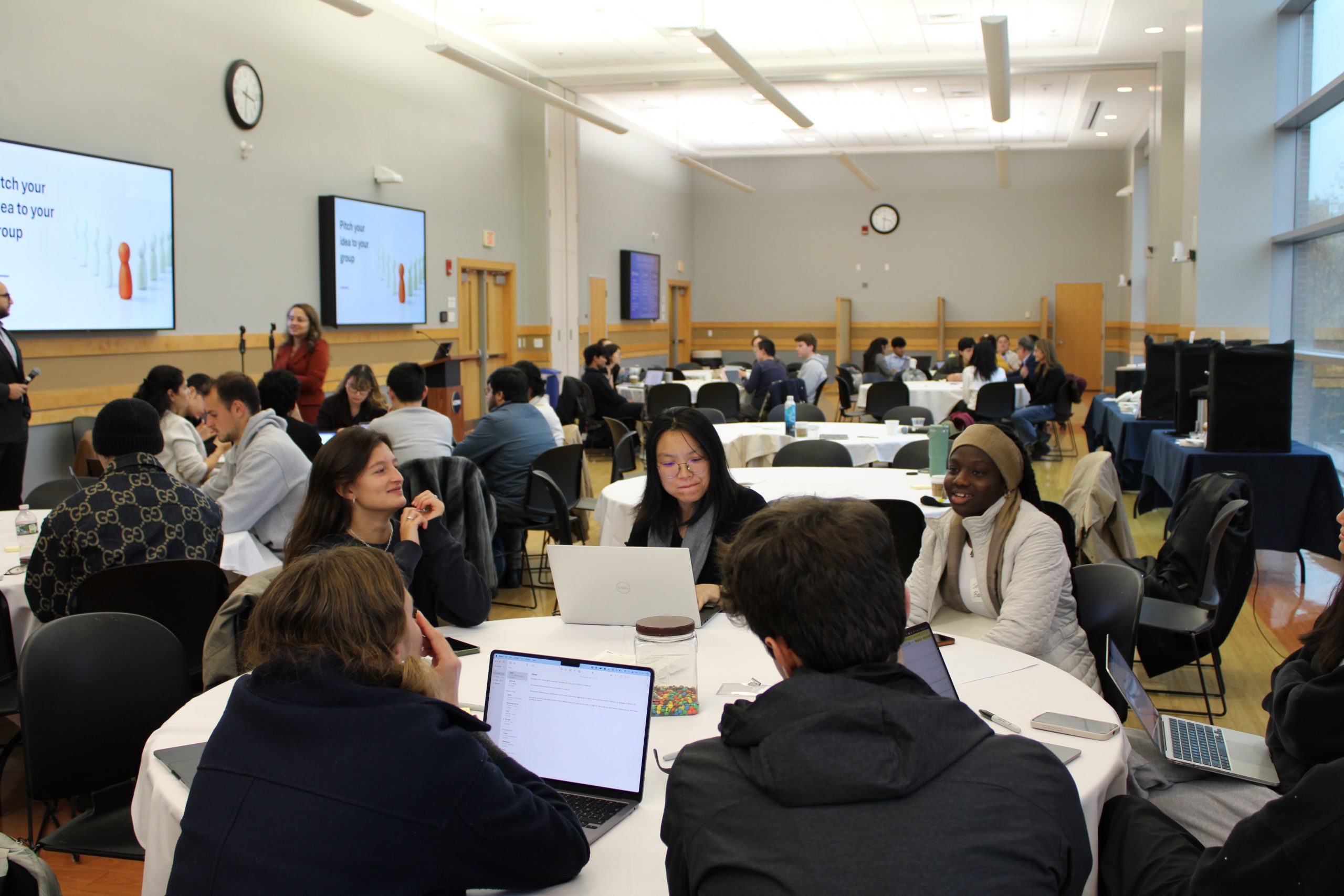By: Jaclyn Severance, UConn Communications
Enhanced tree trimming reduces the number of power outages during storms by 16 to 48 percent, according to a study from UConn researchers recently published in the peer-reviewed journal Electric Power Systems Research.
Electric utilities conduct regular tree trimming and other vegetation management along electric transmission and distribution lines to minimize damage during storms and maintain system reliability. Enhanced tree trimming – also called ETT – is a more focused and intensified management practice that involves completely removing trees and brush within eight feet to the sides, 10 feet below and 20 feet above power lines. Trimming and completely removing trees in populated areas often raises public concerns.
“In Connecticut, the vast majority of outages are caused by trees falling on overhead distribution lines and, as demonstrated in our paper, ETT has a significant impact on the reduction of outages,” said Diego Cerrai, a post-doctoral research assistant in UConn’s Department of Civil and Environmental Engineering and an author of the study. “Such a study is necessary to open discussions between utilities, regulators, towns and residents in order to find the right balance between different techniques to improve the resiliency of the electric grid.”
The study specifically evaluated the impact of enhanced tree trimming conducted by the public utility company Eversource Energy in Connecticut during 144 weather events and 58,236 power outages – with an outage defined as a location where a two-man crew was needed to restore power – that occurred between 2005 and 2017. The study excluded outages related to two major hurricanes, Irene in 2011 and Sandy in 2012, from its evaluation.
To read more, please visit UConn Today.



